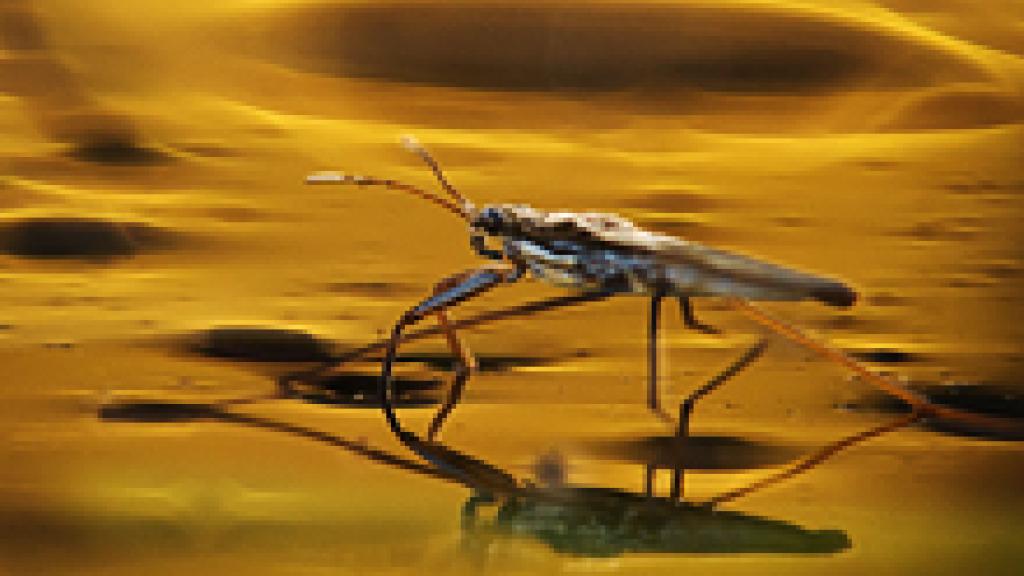Drava Basin
The Drava River is the fourth largest, as well as the fourth longest Danube tributary. It connects the Alps with the Danube and the Black Sea. The Drava has been considerably regulated with dams constructed to generate hydroelectricity and channels dredged to direct its flow. Nevertheless, natural habitats along the middle and lower reaches host unique varieties of flora and fauna, and several endemic species.

The Drava River is both the fourth largest and fourth longest Danube tributary rising in Italy. It drains from the southern side of the Alps to the Danube and the Black Sea. The Drava is 719 kilometres long, and flows through Austria, Slovenia and Croatia. It forms the border between Croatia and Hungary, before heading back into Croatia again to meet the Danube near Osijek, where it is 320 metres wide.
Along its upper reaches, above Donja Dubrava in Croatia (before its confluence with the Mura), more than 20 dams have been constructed to harness the powerful volumes of water to generate hydroelectricity.
Like most lowland rivers in Europe, the lower Drava has been considerably regulated, especially downstream of Barcs, where embankments and channels are used to direct its flow. In spite of these changes, natural habitats along the middle and lower reaches of the river host unique assemblages of flora and fauna, and several endemic species.
Efforts are under way to establish an International Biosphere Reserve along the Drava involving all four countries sharing this river basin.





